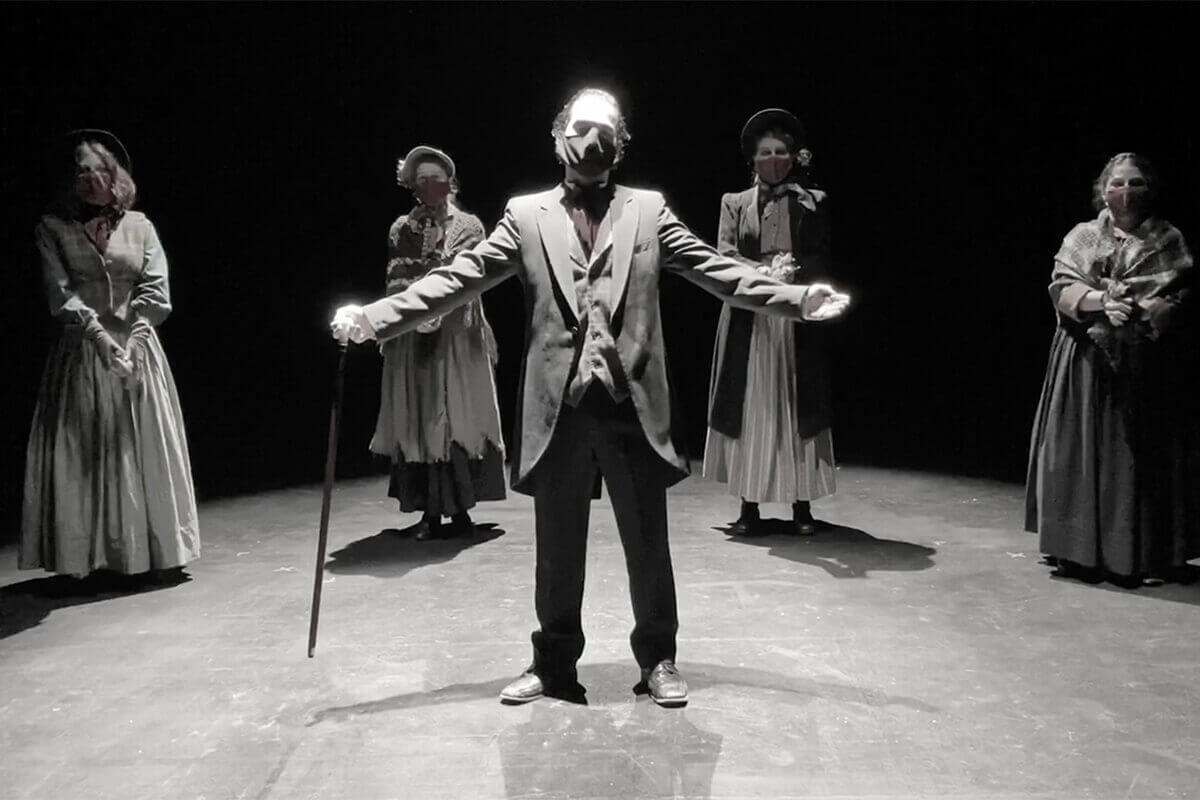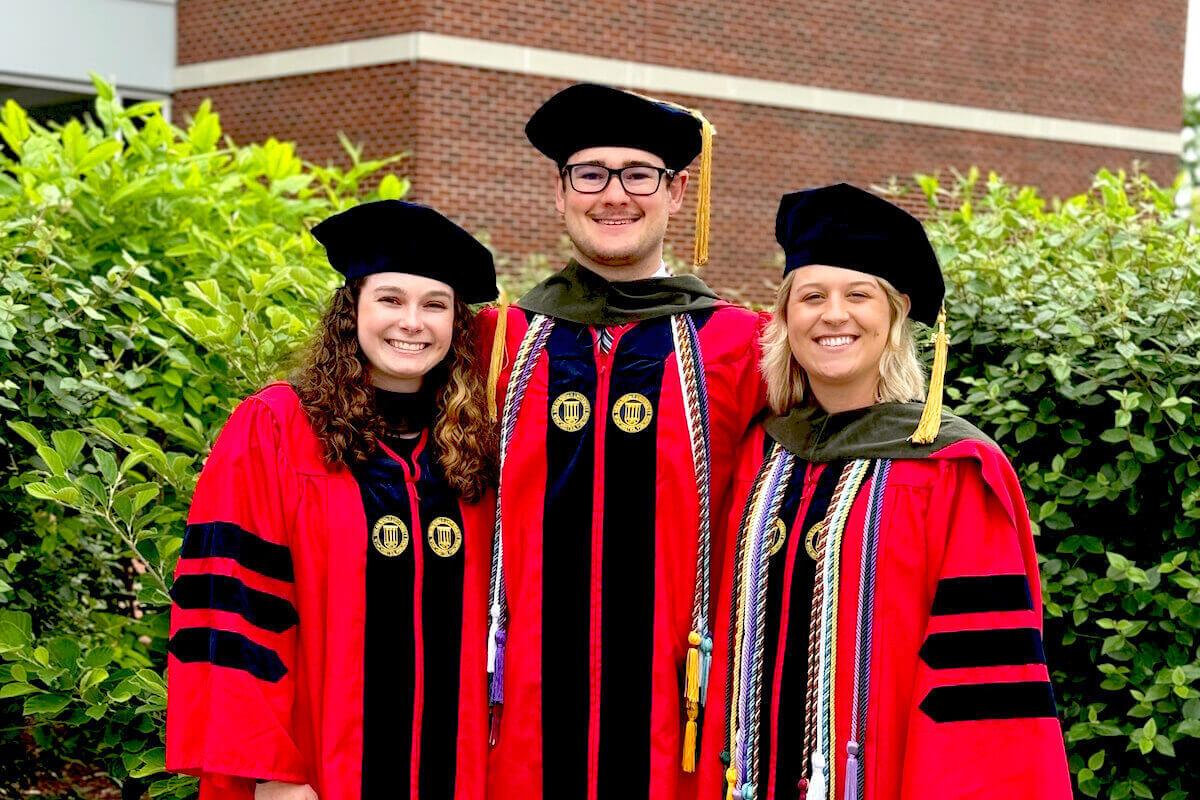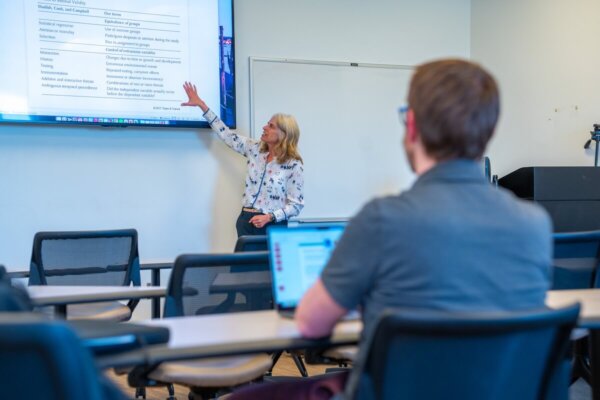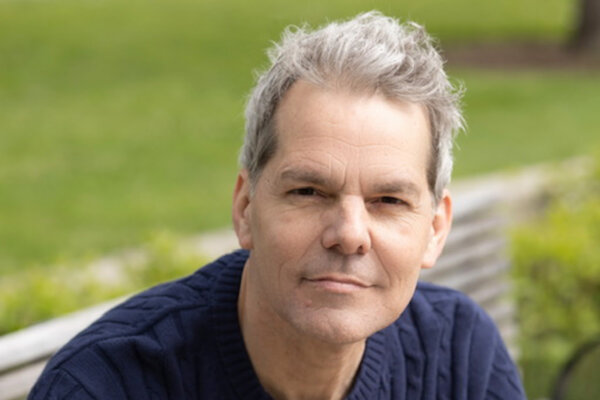‘Jeannette’: Is It Theatre? Is It Film? YES!
Reflections on Crafting a Virtual Play in the Age of COVID-19

by Kit Wilder, director, “Jeannette”
“Jeannette” is available for streaming on Conservatory Performs for You (CP4U) through Tuesday, April 6. Visit conservatoryperforms.org to learn more.
Shenandoah Conservatory’s video of my play “Jeannette” is the result of a promise I made to the talented young cast at our first meeting, not long before rehearsals began. They loved the play, they said — strange as it is! — and they wanted to immerse themselves fully in its world, its characters, its story. What they didn’t want, they explained, was simply to record a reading of the play on Zoom. They wanted something more — but what? That was, indeed, the question! What?
One thing was certain: we would be restricted by the Shenandoah Conservatory’s COVID-19 guidelines, and I was determined, no matter what we did, that we would follow those guidelines and stay safe. No one was getting COVID on my watch!
Ultimately, we came up with the idea that became Shenandoah’s video of “Jeannette”: we would rehearse the play completely, taking it apart beat by beat and putting it back together again, as if preparing for a stage performance before a live audience. But we would record that performance scene by scene, bit by bit, in a non-specific setting, surrounded by black — a “setting of the mind,” as it were. (This in itself is not original; my “inspiration,” I must confess, was the video of a 1979 production of “Macbeth,” starring Ian McKellen and Judy Dench, in which the play is performed in a black void). The actors would be fully costumed, but use only minimal furniture and props — a leather swivel-chair, a knife, a couple of coins, a bottle, a walking stick, blank “newspapers” suggested by hand-crafted headlines, etc. And everyone working on the production, at all times, would be masked and observe all COVID-19 guidelines. (Even the masks became costume pieces: neutral for the boy, black for the Keeper, red for the women and black for Mary Kelly — until the end, when she, too, wears a red mask.)
And so it began . . .
After four weeks of rehearsal, “Jeannette” took up residence in the Glaize Studio Theatre for a six-day “shoot.” The empty space was lit from above by the theatrical lighting already up and running in the theatre, carefully balanced to keep any view outside the circle of light to a minimum. No audience was present; only the cast and necessary crew were in the theatre. And the entire play was captured on my own iPhone SE, with no additional technical support whatsoever. (Even our “location” work, shot just off the walking mall in downtown Winchester, was captured with the same iPhone.) Some scenes or moments were captured “in one,” with no need for repetition; some required two, three, or even as many as 10 “takes” to get it right.
At a play, the actors perform on the stage while the audience sits “over there,” static, and watches the action. We could do more than that now! We could put the audience anywhere — at some distance, or up close and personal. We could explore the various effects of seeing the actors straight on, or tilted; we could, in essence, move the audience around anywhere we wanted — often in the middle of a scene, sometimes line by line, as in a film — to get the effects we were after, scene by scene and moment by moment. Just as a director works tirelessly to ensure that a live audience is looking at exactly the right moment at exactly the right time again and again throughout a single performance on stage, we were able to manipulate the audience’s “view” of the play by capturing it on video exactly the way we wanted, so that it would have exactly the effect we desired. And, in doing the play in this way, in the familiar comfort of a theatre but under the close scrutiny of a camera, the actors were able to fine-tune their performances in ways that wouldn’t even be noticed on a stage, and experience something of a “film shoot” as well.
With every moment captured on video, a “rough cut” of the entire performance was completed in December. In January I began working remotely from Virginia with a young composer in California to score the entire piece with original music, beginning to end. And by February, the work was done.
And there you have it: Shenandoah Conservatory’s production of “Jeannette.” Is it theatre? Or is it film?
Yes!
– Reflections by Adjunct Instructor of Theatre, Kit Wilder, B.A.





